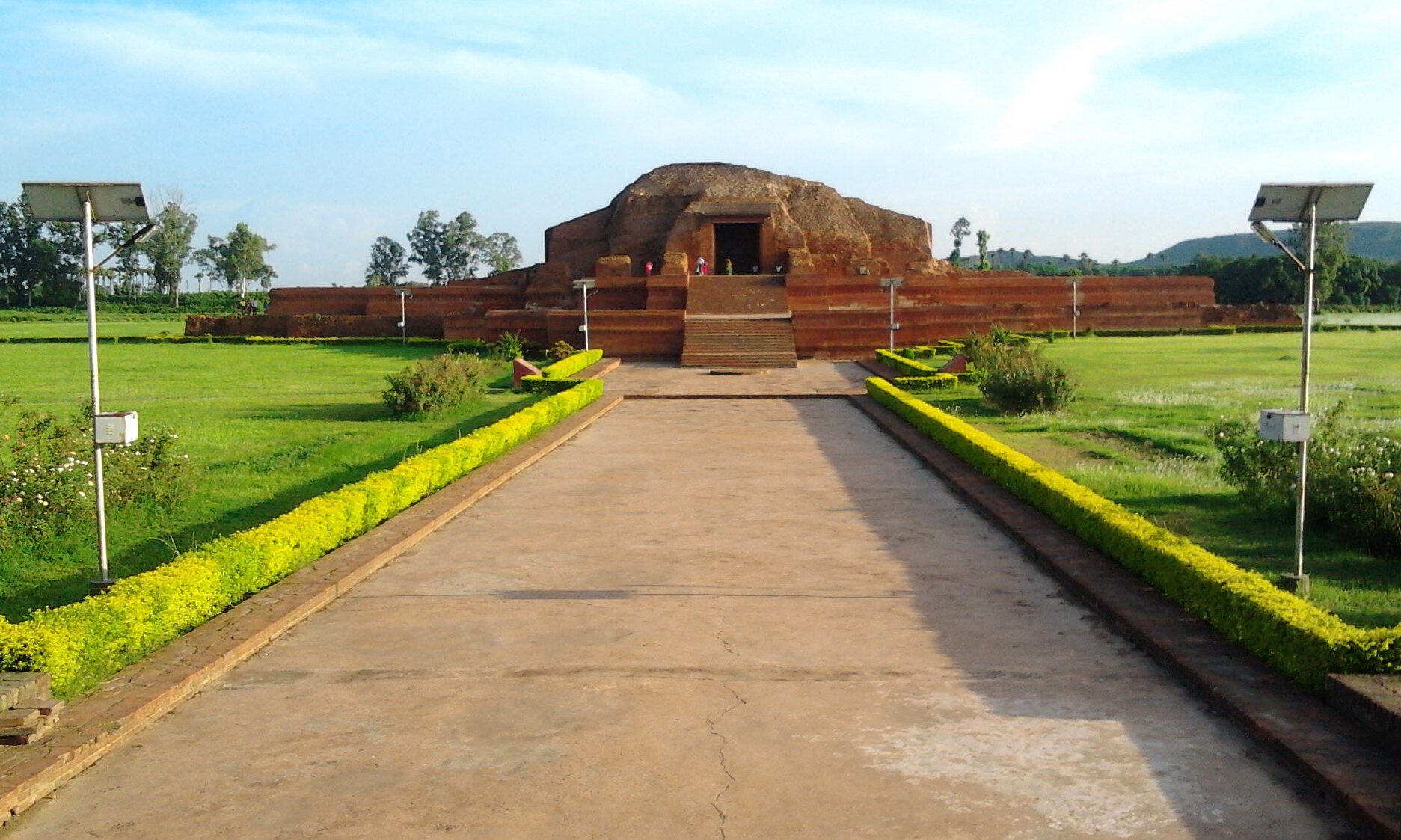Coordinates:  25°15′N 87°0′E
25°15′N 87°0′E
Elevation: 52 m (171 ft)
Satellite map of Anga Region (Source: Google Map)

Google Location Map of Bhagalpur
Climate of Anga

Flora and fauna of Anga
Greater adjutant (Leptoptilos dubius), a member of the stork family, associated with the mythical bird Garuda, has a Rescue and Rehabilitation Area located in Bhagalpur, the second largest of its kind. Loss of nesting habitat and feeding sites through drainage, pollution and disturbance, together with hunting and egg collection, caused a massive dip in the population of the species. Garuda birds were first spotted nesting and breeding on a silk cotton tree near a village in the Ganga-Diara area in Bhagalpur in 2007. In May 2006, 42 birds were seen by the Mandar Nature Club team for the first time. Prior to this, the species had never been seen in Bihar during its breeding period. Four years after these endangered birds of the stork family started nesting and breeding in Bhagalpur district, their number eventually increased, from 78 to over 500, making Bhagalpur one of only three places to host Garudas; the others being Cambodia and Assam.

The greater adjutant is classified as endangered on the IUCN Red List 2004 of threatened species and listed under Schedule IV of the Indian Wildlife (Protection) Act, 1972. This huge stork has a naked pink head, a very thick yellow bill and a low-hanging neck pouch. The neck ruff is white. The bird looks like a vulture. Other than the pale grey edge on each wing, the rest of the greater adjutant’s body is dark grey. Younglings have a narrower bill, thicker down on the head and neck, and entirely dark wings. A Garuda bird measures 145–150 cm (about three feet) in length and four to five feet in height
Language of Anga
• Official Hindi
• Additional official Urdu
• Regional Angika



















